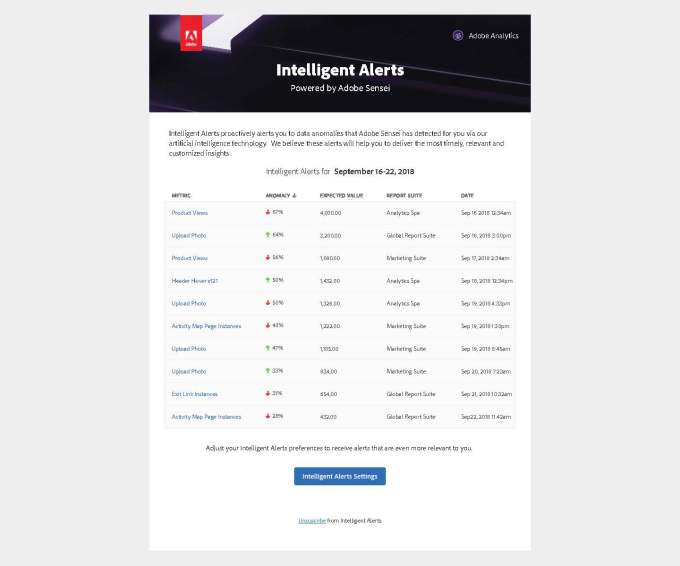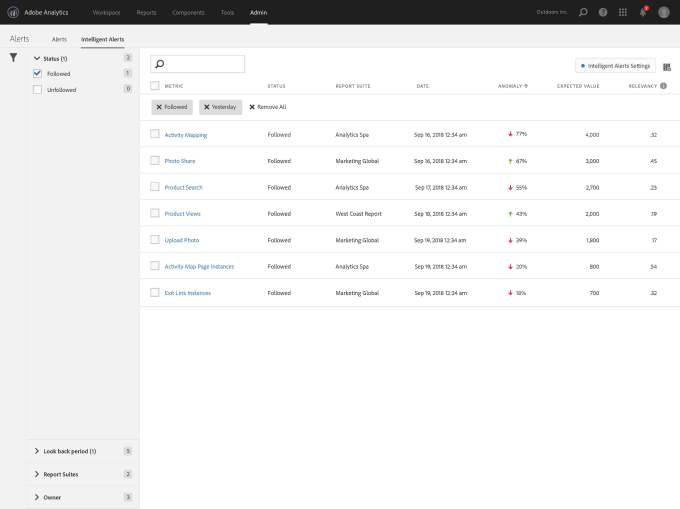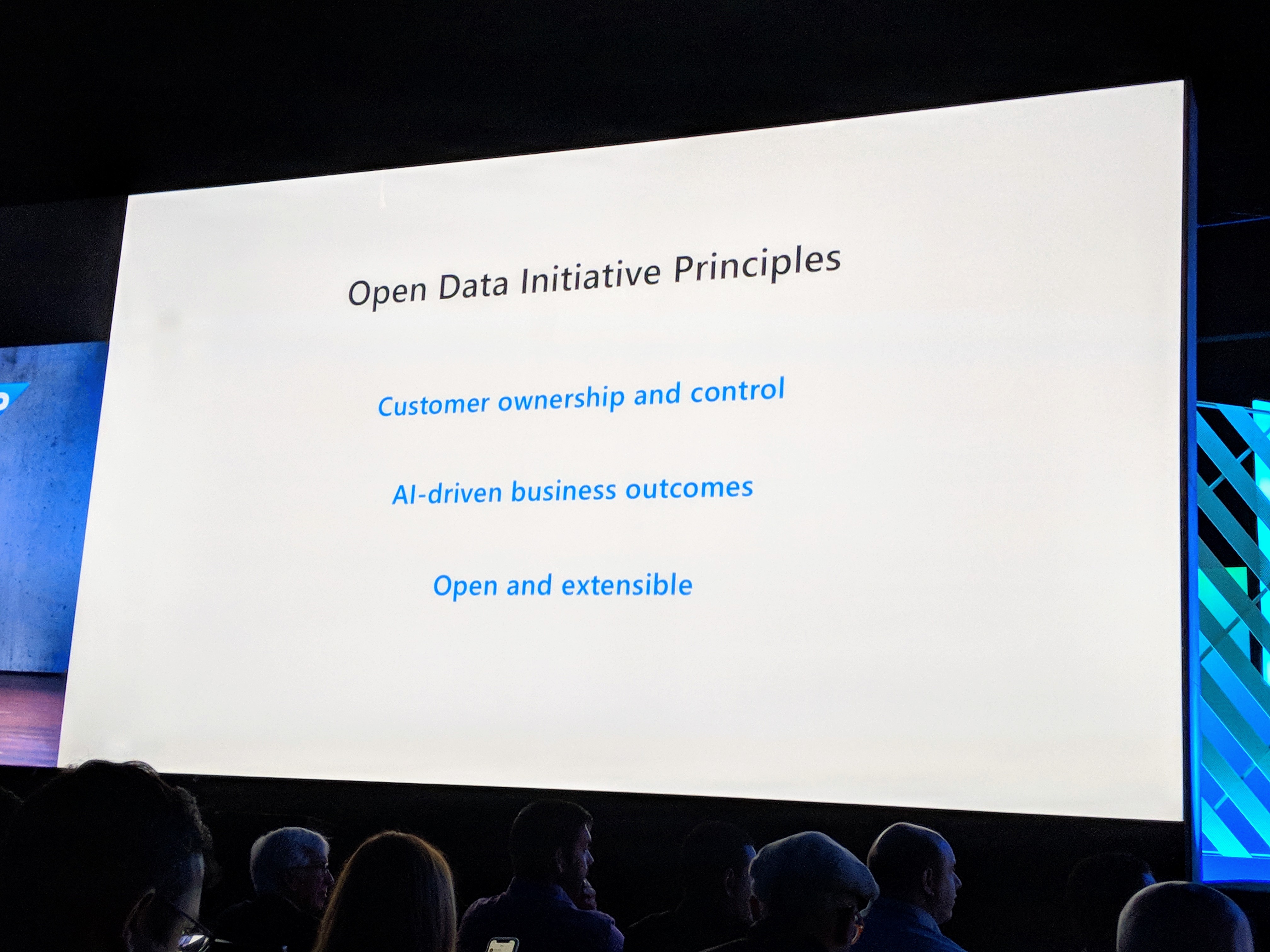Groups of UberEats couriers are continuing to strike over pay and calling for a minimum £5 per delivery fee. Several strikes have been reported in London over the past few days, as well as other UK cities including Glasgow, Cardiff and Plymouth.
Late last week Uber revealed a new pay structure which shrinks the per delivery fee it pays gig economy workers carrying out food deliveries on its platform in London, Manchester and Birmingham — to just £2.50.
Adding on the £1.50 per mile fee Uber also gives UberEats couriers means the new minimum delivery fee couriers can expect is just £3.50 — down from the £4 Uber was previously offering UberEats couriers in cities such as Manchester.
The change to its pay structure has triggered a number of wildcat strikes in recent days, with couriers reportedly stopping fulfilling orders and gathering to protest in groups — including outside Uber’s Aldgate East London office.
Additional strikes have been scheduled for today.
Uber says a reduction in the per delivery fee it pays couriers is necessary in order to increase the amount it pays out during busier periods and areas — under its so called ‘Boost’ system.
Boost adds a multiplier to couriers’ pay, depending on order demand. And according to an email Uber sent to couriers last week, which was reviewed by TechCrunch, the company says couriers have been unhappy with Boost, as is — saying they have told it multipliers are “too low and not available in enough places”.
Uber says it talked to “over 300 delivery partners in London” — and was “consistently” told Boost is not helping couriers “make more money the way it’s supposed to”.
As a result it says it’s boosting Boost. “With the new fares and planned Boost multipliers, earning potential is expected to be higher during busy periods and areas than it is today,” it writes.
However it concedes that the new pay structure may shrink couriers’ earnings outside the busy periods that are covered by Boost.
“With the new fees, this also means that payments may be lower outside of typical mealtimes or in quieter areas, when there are fewer orders waiting to be picked up,” it writes.
“It makes sense that more money is available to be made during mealtimes and busy areas, something we’ve heard partners recognise, and is reflected in these changes. We recommend partners check for Boost in the partner app before going online. That’s the best indication of when and where we expect to see demand for food delivery.”
Uber is also not quantifying exactly how much of an increase couriers will get under the new increased Boost multiplier. Nor exactly how Boost’s availability is being expanded as claimed (we’ve asked Uber to clarify the expansion of Boost and it told us it will send more details within a hour; we’ll update this report when we have them).
This is likely because Boost is a moving target — with a dynamic “live map” in couriers’ apps showing “the current Boosts for each zone”.
Uber’s explainer of the feature also notes that the multipliers “will change based on the time of day, and the day of the week, to help show you when and where it’s expected to be busiest”. (It gives example of 1.5x and 2x Boosts on its website — but without greater transparency from the company it’s impossible to know how representative those multipliers are or are not.)
So Uber making opaque Boost ‘increases’ at the same time as delivering a big reduction to per delivery fees make it pretty easy to see why riders are not happy.
The company has tried to smooth the way for the pay structure tweaks by offering a temporary minimum payment guarantee (for the next six weeks; until November 4) to offer couriers an earnings back-stop — in case they do not earn up to the peak minimums it expects them to (between £9p/h and £11 p/h, depending on time/day).
If couriers don’t earn the listed minimums Uber says it will “top them up” to the stated amounts.
However this top-up also comes with caveats and conditions and is not universally available to all couriers — with the following restrictions applied, according to Uber’s email to couriers:
To receive a minimum payment guarantee per hour, for every hour a partner spends online during an incentive period, they need to 1) confirm at least 80% of delivery requests received by them; and 2) complete at least one delivery.
“Of course, partners are entirely free to choose if, when and where to go online and whether or not they want to participate in this incentive,” the company adds — a caveat that’s essential given Uber does not want the thousands of “delivery partners” it relies upon to fulfil orders being legally classified as workers, rather than the independent contractors it claims they are.
How tightly a company controls labor can determine employment classifications. And worker status for riders on gig economy food delivery platforms would load millions in additional costs onto these businesses, regionally — such as meaning they’d be required to pay the UK minimum wage plus additional benefits such as holiday and sick pay.
(A legal challenge to Deliveroo’s employment classification of riders last year was not successful. However the UK high court recently agreed a union could challenge its opposition to collective bargaining — on human rights grounds.)
How platform companies use technology to manage remote workforces of contractors is certainly facing increasing legal scrutiny in Europe.
Uber lost a 2016 employment tribunal in the UK brought by a group of drivers for its ride-hailing business — who the courts judged to be workers, not contractors. (Though Uber continues to appeal.)
One of the key selling points gig economy platforms shout about when trying to attract fresh ‘partners’ to fulfil their platform propositions is the claim they offer ‘flexible’ work opportunities. But exactly how much real-world flexibility there is if earnings are so tightly tied to demand at least starts to look debatable.
Being free to work for a pittance unless you work within narrow and shifting hours of peak demand doesn’t sound quite so ‘free’ — and looks rather more precarious.
There’s also growing political awareness (again, at least in Europe) that individuals gigging via platforms risk being exploited by asymmetrical platform power — as a recent report into rival food delivery platform Deliveroo, carried out by UK MP Frank Field, suggested.
Field likened Deliveroo’s model to casual labor practices at British dockyards until the middle of the 20th century — with a few winning out at the expense of very many more who lose out.
UberEats pay structure changes suggest couriers willing and able to work during peak periods might gain but only at the expense of those who can’t deliver what the algorithm wants.
In an FAQ about the new pay structure for UberEats, Uber couches the amendments as designed to help riders “make the most out of your time spent on the app”, writing: “While the minimum fees have been reduced, we’ve also increased Boost multipliers and made it available in more parts of the city during busy mealtimes. We believe this will allow you to make better earnings when restaurants have the greatest need for your service, and make the most out of your time spent on the app.”
“We’ll also be hosting Earnings Advice Sessions, where our Experts will provide tips on how to maximise your time online. Be on the lookout for more information on how to sign up for one of those sessions,” it adds, showing how the company is offering casual sessions intended to encourage certain work patterns among giggers — while continuing to assert they are just independent contractors, not more tightly controlled workers.
The GMB Union, which is backing UberEats’ couriers’ calls for a £5 per delivery fee and holding a protest outside Uber’s office today, said it’s expecting 1,000 drivers to join in the demonstration.
The union criticised Uber for “heaping more misery on drivers with reductions masked as increases” under the new pay structure. “People now expect food to be delivered on demand without the human cost that goes with such a service,” added regional officer Steve Garelick in a statement. “Uber must sit up and listen to those who provide this service.”
Two years ago Deliveroo couriers staged similar strike protests after the company trialed a new pricing structure.






